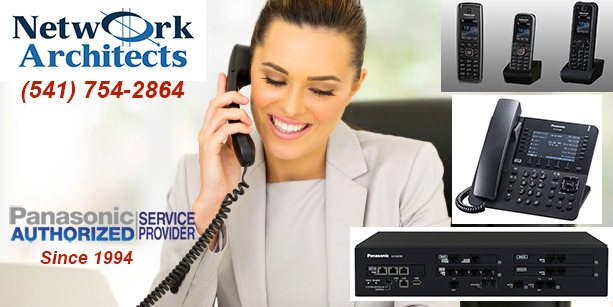Applications
When do you employ a hosted system, a premise IP system, or a traditional telephone system?
There seems to be a big push from various shops to go to a hosted system regardless of size. This is usually because of the large profits to be made and lack of ability to move to a different vendor. They will tell you, with a gleam in their eyes, how wonderful it is not to have to purchase equipment, depend on service technicians to support your installation, and be able to expand your installation by just plugging in one more phone.
For very small offices (less that five seats), this is mostly true. Purchasing premise equipment to support one to four phones makes the system portion of the installation very expensive per seat. The ROI (Return On Investment) is far enough out that, at the end, is about time to upgrade to new equipment.
The hosted system is also the best choice for businesses with multiple very small offices located far from the main office.
For small offices with five to nine seats, the ROI comes up much quicker so you need to look at what you are trying to accomplish in determining which way is the most cost effective.
For medium sized office of ten to twenty-five seats, your ROI on a premise IP server installation will come up within the 60 month period of a One-Dollar-Buy-Out (ODBO) lease.
For large offices over twenty-five seats, hosted systems only make sense when you have multiple office sites and no way of supporting the remote offices.
There is an exception to all this. Hosted systems come in over the Internet. If the Internet goes out, you have no phones, not even to the front desk. If you owned your own server, you would have a solution.
With premise equipment, you could configure your server with a CO (telephone company) front end that would allow for utilizing several existing CO lines as an emergency backup. These are usually the lines attached to your burglar and fire alarm boxes as well as the fax line.
Having the ability to switch back to the old lines provides you with usable telephone lines when your main communications path into your business is down for a minute, hour, day, or in some places, a week or more.
If having fault tolerance is something you need, a premise system and not a hosted system is the way to go regardless of office size or number of sites.
